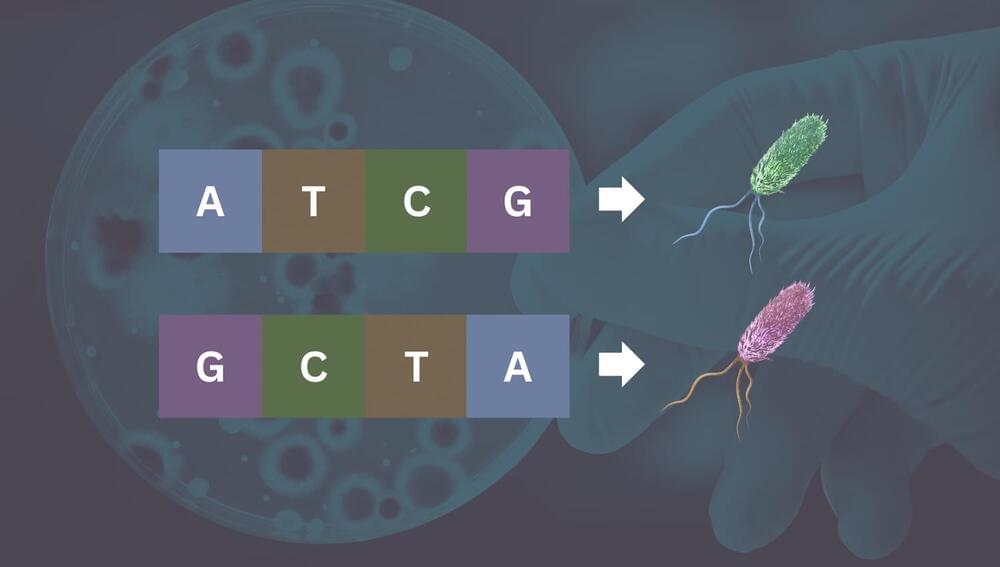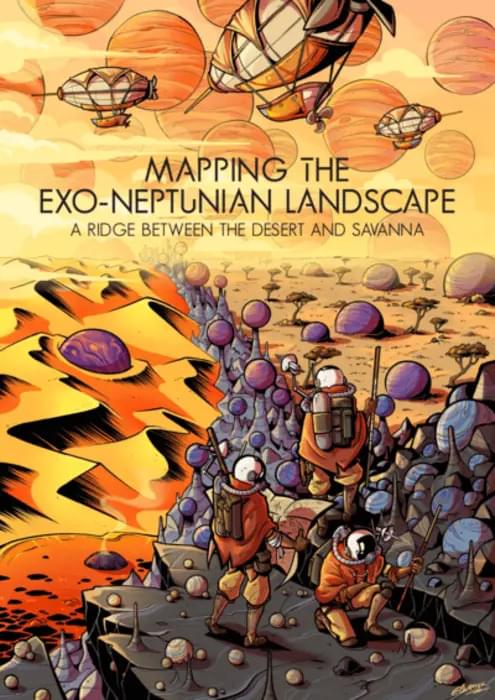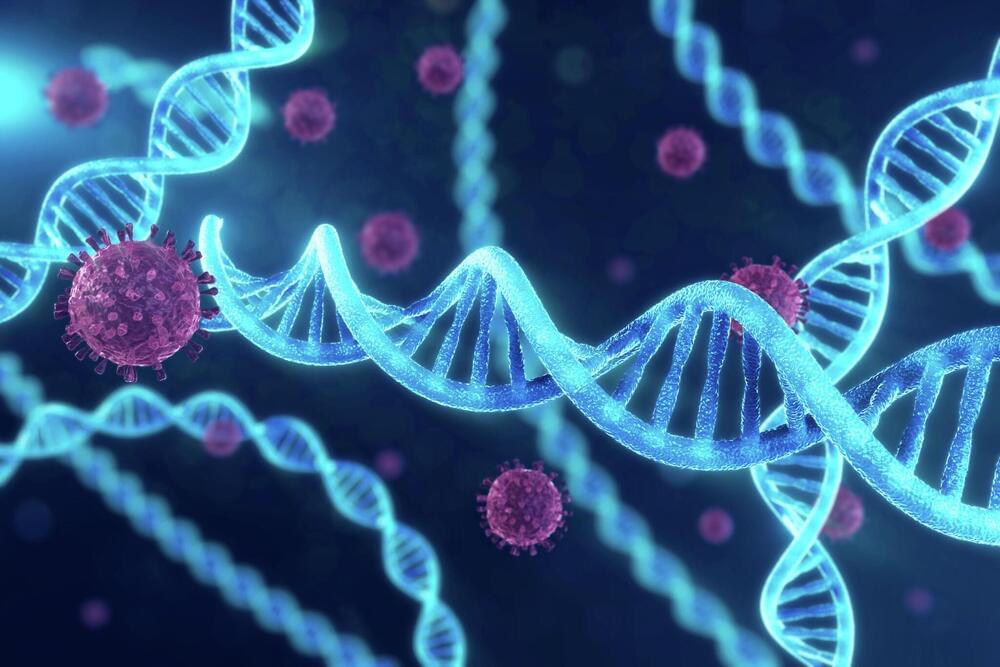Sep 25, 2024
Logan Collins
Posted by Logan Thrasher Collins in categories: bioengineering, biotech/medical, health
Hi folks, I’d like to invite you to a webinar I will be giving on my research, hosted by the Foresight Institute! It takes place this Friday at 12:00pm CST. You can sign up on the linked page. The donation is optional, so if you don’t want to donate, you can just put $0.00. I hope to see you there!
Biotech and Health Extension sponsored by 100 Plus Capital
Viruses inside vaults: a powerful new gene therapy delivery system


















